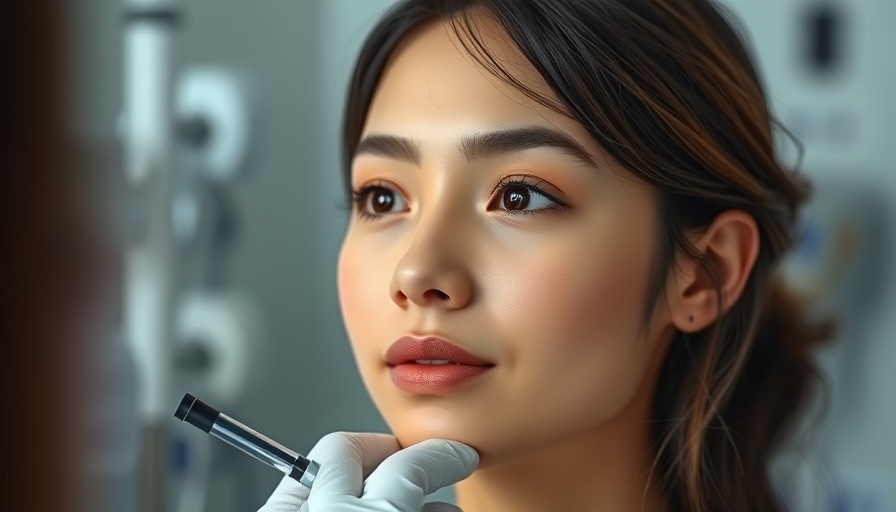
Understanding the Appeal of Rhinoplasty: Why It Matters
Rhinoplasty, often dubbed the "nose job," is a significant point of interest in the world of cosmetic surgery for both men and women—each group highlighting distinct reasons for pursuing the procedure. Beyond aesthetic appeal, rhinoplasty serves diverse functional purposes, such as correcting breathing difficulties. However, the motivations often vary based on gender-specific aesthetic goals and facial anatomy beyond just the desire for aesthetic improvement.
Facial Structures: The Intricacies of Male vs. Female Aesthetics
A pivotal aspect of rhinoplasty is recognizing how facial structure influences aesthetic outcomes. Men's faces are typically characterized by broader, more angular features with prominent jawlines and stronger brow ridges. In contrast, women generally possess softer contours, defined by a less pronounced jaw and a smoother brow. These anatomical distinctions complicate the process of achieving a balance that aligns with societal beauty ideals.
Male Aesthetic Goals for Rhinoplasty: What Are They?
For men, the aesthetic preferences during rhinoplasty often center around achieving a stronger, more defined nasal structure. Many male patients favor the following elements:
- A Defined Nasal Bridge: A straight nasal bridge is often prioritized, aiding in achieving a more masculine look.
- Maintaining Masculinity: It’s common for men to prefer retaining a slight dorsal hump to ensure a balance with their overall facial profile.
- Natural Appearance: The nasal tip may be a bit wider, allowing it to harmonize seamlessly with broader facial features.
Female Rhinoplasty Goals: Emphasizing Softness and Elegance
On the other hand, women pursuing rhinoplasty typically aim for:
- A Refined Nose: Preferences often lean toward a more delicate, smaller nose with a gentle slope.
- Feminine Aesthetics: An upward lift in the nasal tip is favored, which contributes to a softer facial appearance.
- Balanced Features: Many women desire a nose that complements other facial features like the lips and chin, creating an elegant profile.
Correlating Surgical Techniques with Aesthetic Preferences
Understanding these differences in aesthetic goals directly informs the surgical techniques employed during rhinoplasty. Surgeons often utilize different methods to sculpt the nose in a way that respects the patient’s gender-specific identity while enhancing overall facial harmony.
For men, techniques might focus on strengthening the nasal framework, facilitating less refinement and more mass, while for women, procedures may center around delicately reshaping the cartilaginous structures to achieve that coveted femininity.
Recovery Outlook: What to Expect
The recovery timeline can vary considerably between male and female patients, influenced by both the complexity of the surgical technique and the inherent individual healing processes. Generally, men may experience a slightly more challenging recovery due to thicker skin and stronger nasal structures, potentially reflecting in longer swelling durations. Women, conversely, might witness a swifter recovery as their more delicate features tend to heal with less complication.
Expert Insights on Making Informed Choices
As a plastic surgeon with 25 years of experience, I encourage potential rhinoplasty patients to consider their unique facial structures and aesthetic desires thoughtfully. It’s imperative to have open discussions with your surgeon about what you hope to achieve and their approach to meeting those needs.
In Conclusion: Embrace Your Aesthetic Goals with Confidence
The fascinating landscape of rhinoplasty for men and women underscores the importance of tailored approaches sensitive to the intricacies of facial aesthetics. Armed with the right information and guidance from experienced professionals, individuals can take confident steps toward achieving their cosmetic aspirations. Exploring these facets of rhinoplasty ultimately helps you make an informed decision that reflects your desires.
 Add Row
Add Row  Add
Add 






Write A Comment